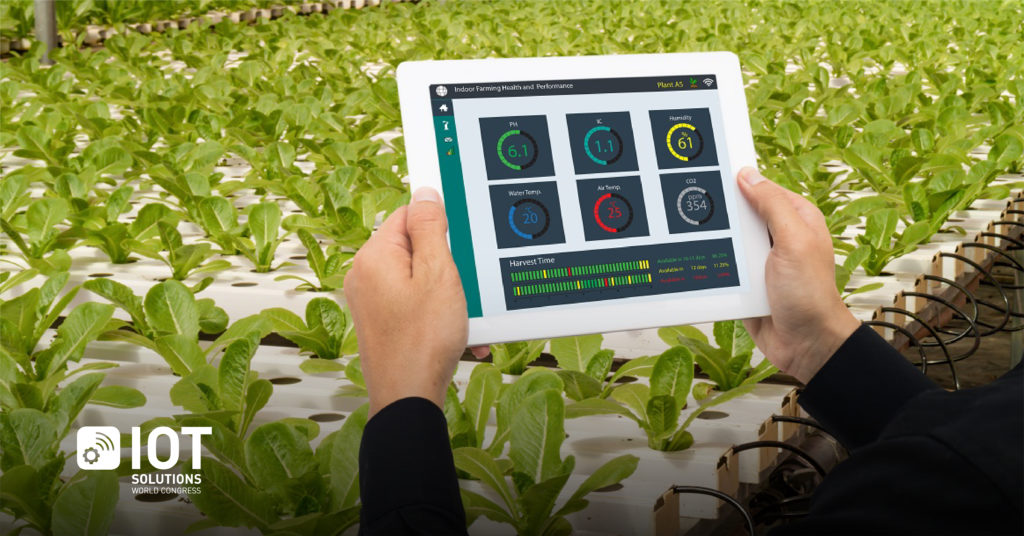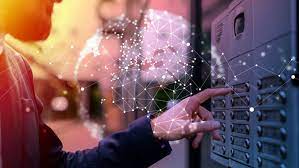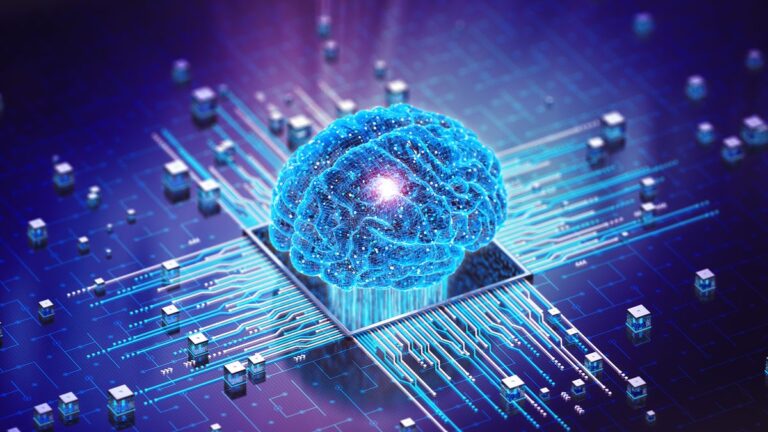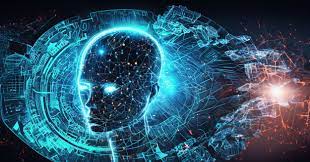IoT Solutions Transforming the Future
The Internet of Things (IoT) has emerged as one of the most transformative technologies of the 21st century. By connecting everyday devices to the internet, IoT solutions enable seamless communication, data collection, and automation, revolutionizing industries and improving quality of life. From smart homes to industrial automation, IoT is reshaping how we interact with the world around us.
What Are IoT Solutions?
IoT solutions encompass hardware, software, and services designed to leverage the connectivity of IoT devices. These solutions typically include:
- Devices and Sensors: Physical devices like smart thermostats, wearables, or industrial sensors that collect data.
- Connectivity: Communication protocols such as Wi-Fi, Bluetooth, Zigbee, or 5G that enable data transfer.
- Data Processing: Cloud or edge computing platforms that analyze data collected from devices.
- Applications: Software interfaces that allow users to monitor, control, and act on data insights.
By integrating these components, IoT solutions create ecosystems where devices work together to deliver actionable insights. For example, a smart thermostat adjusts room temperature based on occupancy data, while an industrial IoT system monitors machinery to predict maintenance needs.
Benefits of IoT Solutions
IoT solutions offer numerous advantages across industries, driving efficiency, cost savings, and innovation. Below are some key benefits:
- Increased Efficiency: IoT automates repetitive tasks and optimizes processes. For instance, smart agriculture systems monitor soil moisture and weather conditions to optimize irrigation, reducing water waste.
- Cost Savings: By providing real-time insights, IoT solutions help businesses reduce operational costs. Predictive maintenance in manufacturing, for example, minimizes downtime by addressing issues before they escalate.
- Enhanced Decision-Making: IoT devices generate vast amounts of data, which, when analyzed, provide actionable insights. Retailers use IoT to track inventory levels, ensuring stock is replenished efficiently.
- Improved Customer Experience: In consumer applications, IoT enhances convenience. Smart home devices like connected lighting or voice assistants create personalized, user-friendly environments.
- Sustainability: IoT promotes eco-friendly practices. Smart grids optimize energy consumption, while IoT-enabled waste management systems improve recycling efforts.
These benefits make IoT solutions a cornerstone of digital transformation, enabling businesses and individuals to operate smarter and more sustainably.
Applications of IoT Solutions
IoT solutions are versatile, with applications spanning multiple sectors. Below are some prominent use cases:
1. Smart Homes
Smart homes are among the most visible applications of IoT. Devices like smart thermostats, security cameras, and connected appliances allow homeowners to control their environments remotely. For example, a smart thermostat learns user preferences and adjusts heating or cooling to save energy. Smart locks and cameras enhance security by providing real-time alerts and remote access.
2. Healthcare
In healthcare, IoT solutions improve patient outcomes and streamline operations. Wearable devices like fitness trackers monitor heart rate, sleep patterns, and activity levels, empowering individuals to manage their health. In hospitals, IoT-enabled equipment tracks patient vitals in real time, alerting staff to potential issues. Remote patient monitoring systems also allow doctors to care for patients outside traditional settings.
3. Manufacturing
Industrial IoT (IIoT) is transforming manufacturing by enabling smart factories. Sensors on machinery collect data on performance, temperature, and wear, enabling predictive maintenance. IoT also optimizes supply chains by tracking inventory and streamlining logistics. For example, IoT systems can monitor production lines to identify bottlenecks and improve efficiency.
4. Agriculture
Smart agriculture leverages IoT to enhance crop yields and resource efficiency. Sensors monitor soil conditions, weather, and crop health, providing farmers with data to optimize irrigation, fertilization, and pest control. Drones equipped with IoT technology survey large fields, identifying areas that need attention. These solutions help farmers increase productivity while reducing environmental impact.

5. Smart Cities
IoT is at the heart of smart city initiatives, addressing urban challenges like traffic congestion, energy consumption, and waste management. Smart traffic systems use IoT sensors to monitor traffic flow and adjust signals in real time, reducing delays. Smart waste bins alert collection services when full, optimizing pickup schedules. IoT also supports smart grids, which balance energy distribution to meet demand efficiently.
6. Transportation and Logistics
In transportation, IoT solutions enhance fleet management and logistics. GPS-enabled IoT devices track vehicles, optimizing routes and reducing fuel consumption. Cold chain monitoring ensures perishable goods like food or pharmaceuticals are stored at the right temperature. IoT also powers autonomous vehicles by enabling real-time communication between cars, infrastructure, and traffic systems.
Challenges of IoT Solutions
While IoT solutions offer immense potential, they also face significant challenges that must be addressed for widespread adoption.
- Security and Privacy: IoT devices are vulnerable to cyberattacks, as many lack robust security features. Hackers can exploit weaknesses to access sensitive data or control devices. Ensuring end-to-end encryption and regular software updates is critical to mitigating risks.
- Interoperability: With countless IoT devices and platforms, ensuring compatibility is a challenge. Standardizing protocols and frameworks is essential to create seamless ecosystems.
- Data Overload: IoT devices generate massive amounts of data, which can overwhelm systems if not managed properly. Advanced analytics and edge computing are needed to process data efficiently.
- Scalability: As IoT networks grow, managing thousands or millions of devices becomes complex. Scalable infrastructure and robust connectivity are necessary to support large-scale deployments.
- Cost: Implementing IoT solutions can be expensive, particularly for small businesses or developing regions. Costs include devices, connectivity, and data management systems.
Addressing these challenges requires collaboration between governments, businesses, and technology providers to establish standards, improve security, and reduce costs.
Future Trends in IoT Solutions
The future of IoT solutions is bright, with emerging trends poised to further enhance their impact. Some key trends include:
- 5G Integration: The rollout of 5G networks will enable faster, more reliable connectivity for IoT devices, supporting applications like autonomous vehicles and real-time analytics.
- Edge Computing: Processing data closer to the source (edge computing) reduces latency and bandwidth usage, making IoT systems more efficient.
- Artificial Intelligence (AI): Combining IoT with AI enables smarter decision-making. For example, AI can analyze IoT data to predict equipment failures or optimize energy usage.
- Sustainability Focus: IoT solutions will increasingly prioritize eco-friendly applications, such as smart grids and precision agriculture, to address climate change.
- Consumer IoT Growth: The demand for smart home devices and wearables will continue to rise, driven by advancements in user interfaces and affordability.
As these trends evolve, IoT solutions will become more integrated into daily life, driving innovation and creating new opportunities across industries.
Conclusion
IoT solutions are transforming the way we live and work, offering unprecedented opportunities for efficiency, innovation, and sustainability. From smart homes to industrial automation, IoT is enabling smarter decision-making and optimizing processes across sectors. However, challenges like security, interoperability, and scalability must be addressed to unlock its full potential.
As technology advances, IoT solutions will continue to evolve, driven by trends like 5G, AI, and edge computing. By embracing IoT, businesses and individuals can harness the power of connected devices to create a smarter, more connected world. Whether you’re a homeowner looking to automate your home or a business aiming to optimize operations, IoT solutions offer a path to a more efficient and sustainable future.






